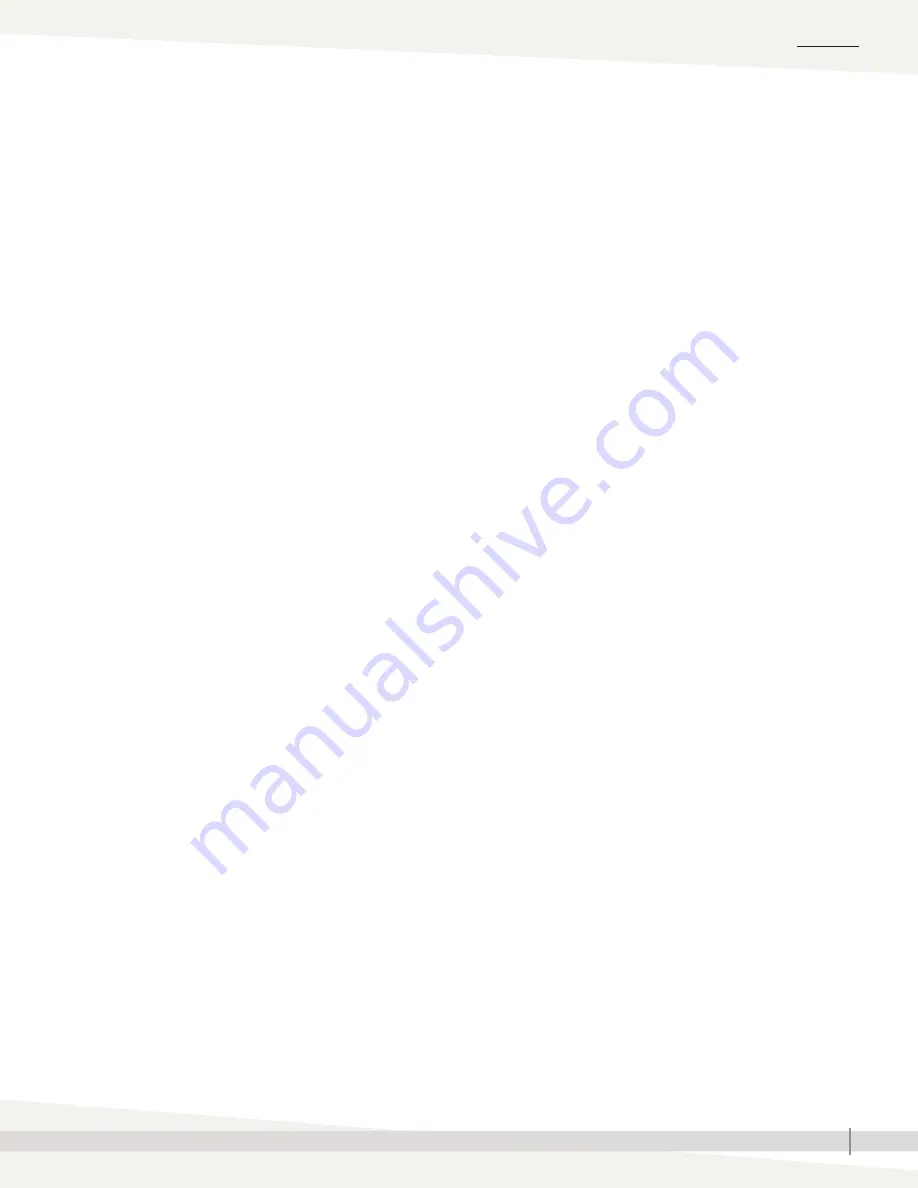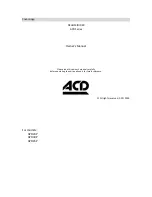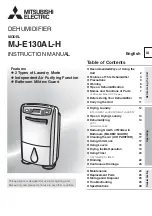
53
STEAM INJECTION INSTALLATION, OPERATION, AND MAINTENANCE MANUAL
In some applications with steam-jacketed humidifiers, the heat
given off by the steam-heated tube (not the steams sensible
heat) may be undesirable. While relatively insignificant in
a single-tube unit (usually a rise of less than 2 °F [1 °C]),
it can be much greater in a closely-spaced, multiple-tube
installation. This can be dealt with in several ways:
1. Manually turn off the steam supply valve after the
humidification season.
2. Insulate the tube exterior.
Note: Insulation will enlarge the tube profile, causing
additional resistance to airflow.
3. Provide an automatic shut-off valve for the jacketing
steam circuit in addition to the modulating control
valve. This will eliminate heat gain during the “off”
humidification periods only. The jacketing steam valve
should be a two-position type, with a minimum Cv of
5, and set to the full-open position prior to opening the
modulating valve.
As shown in Figure 52-1, all steam (for jacketing and
humidification) must pass through the jacket steam valve. It
must do so with little or no pressure drop across the valve,
or maximum capacity will be reduced. More importantly,
with just one supply source for jacket and humidification
steam, the jacket steam temperature may drop below the
temperature required to eliminate dripping. Therefore,
the valve must be amply sized. This is not significant in a
small-capacity humidifier. In a large-capacity humidifier, the
required valve size may be quite expensive.
Eliminating excess heat from steam jacketed humidifiers
OPERATION
mc_051011_1631










































